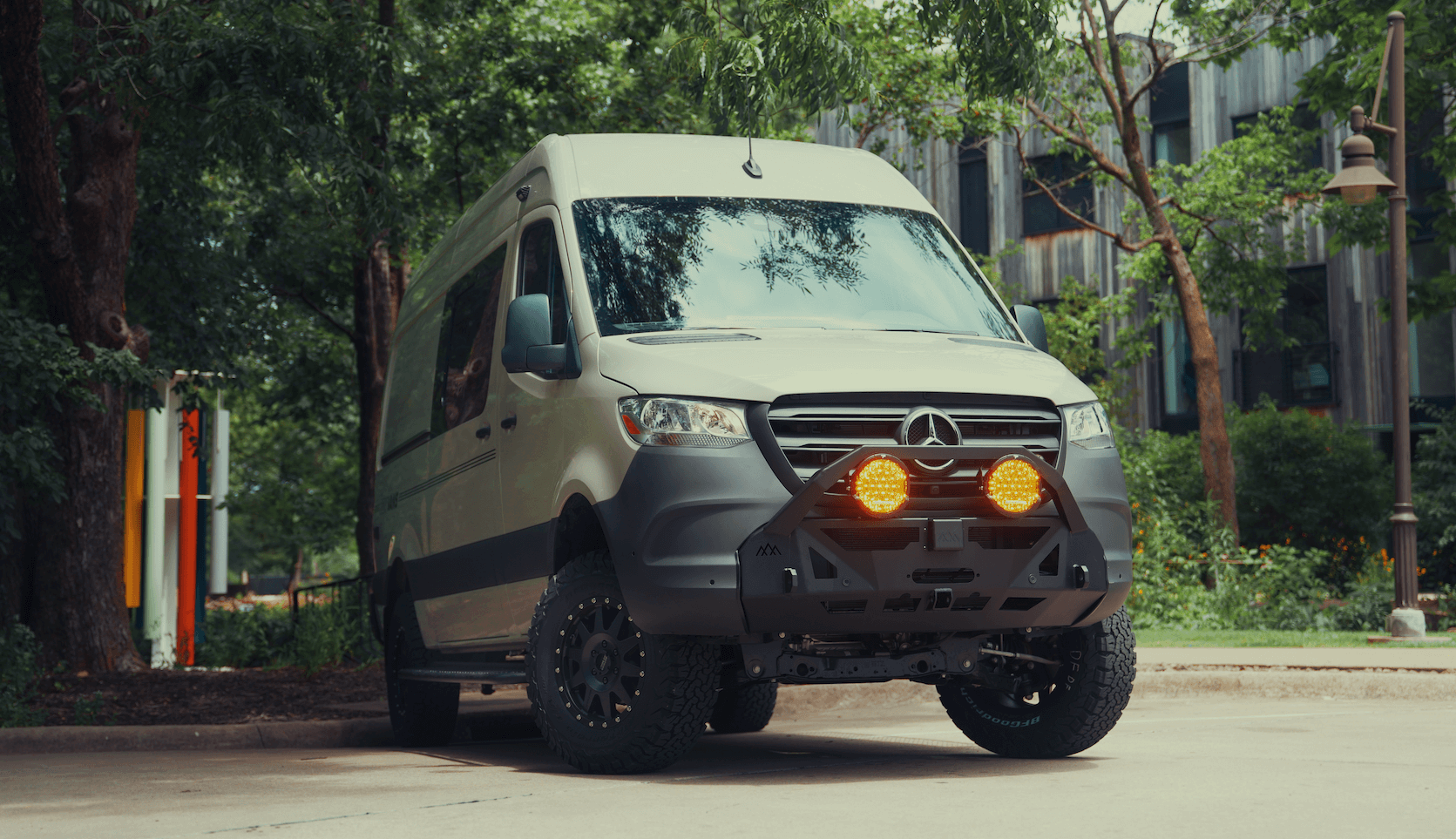Recreational Vans

Starlink for camper van travel has changed what is possible for remote work, mapping, and streaming on the road. Unlike cellular hotspots that depend on towers, Starlink connects a compact antenna to low Earth orbit satellites and delivers broadband style speeds in many regions. Typical experiences include quick page loads, smooth video calls, and lower latency than legacy satellite. Results will vary by location, season, and network load, so it is wise to think in ranges rather than promises.
Coverage continues to expand across North America and much of the world, but local conditions still matter. A clear sky view is critical because nearby trees, canyon walls, and tall buildings can interrupt line of sight. If your travels include dense forests or deep hollows, plan for some sessions with intermittent connectivity. When parked in open desert, coastlines, or plains, the service often feels close to a land based connection.
Download speed commonly ranges from dozens to a few hundred megabits per second with latency often under 60 milliseconds. Congested areas, large events, or popular trailheads can dip below those figures. Uplink performance is generally lower than downlink and is important if you upload large photo sets or video. For day to day vanlife tasks like navigation, messaging, cloud documents, and moderate streaming, the experience is usually smooth.
Power planning is the backbone of a reliable Starlink setup in a camper van. Hardware generation influences draw, but a practical rule of thumb is roughly 50 to 100 watts while online. That means a 100 amp hour lithium battery can support several hours of continuous use depending on your overall loads. If you work daily, aim for a balanced system that includes alternator charging, solar, and shore options. Clean wiring, proper fusing, and correct inverter sizing or a direct current power solution help reduce waste and heat.
Antenna placement shapes consistency far more than many realize. Roof mounting offers the best sky view and the least fuss once parked, while a portable mount lets you move the dish away from trees for a clearer window. The roof route demands attention to sealing, cable penetrations, and wind load. Portable poles benefit from quick release hardware, weighted bases, and tidy storage to protect the dish during transit. Whichever path you choose, route cables to avoid pinch points and long runs near high interference devices.
Estimate your daily Starlink hours and multiply by the expected watt draw to size your battery and charging. Use high quality cable, secure strain relief at the dish connector, and weather safe glands for any roof pass through. If you integrate with a direct current system, confirm voltage requirements and any power over ethernet needs so the router receives stable power.
Plan selection affects how and where you can connect. Portable plans are designed for parked use and are often deprioritized in busy zones. Mobile plans allow in motion service when paired with specific hardware and data tiers. Availability and details can change, so review the current plan descriptions before a long trip. If you rely on Starlink for income, favor the plan that supports your actual use rather than the lowest monthly rate.
Even with Starlink in the van, cellular remains a smart backup. A dual strategy reduces downtime in cities with tall buildings or trailheads under heavy canopy. Many travelers carry a basic phone hotspot for quick tasks when the dish is stowed. Others use a multi carrier router to blend connections and fail over automatically. Redundant options improve confidence when deadlines cannot slip.
Snow, ice, and heavy rain can reduce performance. Clear the dish when safe to do so and keep vents around the router unobstructed for airflow. Park with the largest slice of open sky toward the equator in the northern hemisphere to help the dish see more satellites. Update firmware when prompted and review the app’s obstruction maps to fine tune your parking spot.
When you want Starlink to feel invisible and dependable in a camper van, details matter. Our team designs mounting that preserves roof integrity, routes cables with service loops and drip points, and integrates power that matches your battery bank and charge sources. We test speed, run thermal checks, label circuits, and configure your network so that mobile work and streaming are ready on day one. If your build also needs cabinetry, racks, lighting, or a complete upfit, we can tie the entire package together so the dish, router, and power system work as one.
Your connectivity is only as strong as the installation that supports it. We bring van focused experience so your Starlink hardware performs across seasons and terrain.
Tell us how you travel, how often you work online, and which regions you visit most. We will recommend hardware, plan for power draw, and deliver a clean install that looks factory and performs like a home office on wheels. Reach out to schedule your Starlink integration and get rolling with confidence.
Recreational vans Custom build vans OZK Customs homeReady for reliable internet on every trip? Tell us about your van, power system, and travel style. Our team will spec the right Starlink hardware, integrate clean power and mounting, and deliver a tested setup. Fill out the form to schedule your Starlink install with OZK Customs.
ADDRESS:
6159 E Huntsville Rd, Fayetteville, AR 72701
PHONE:
(479) 326-9200
EMAIL:
info@ozkvans.com